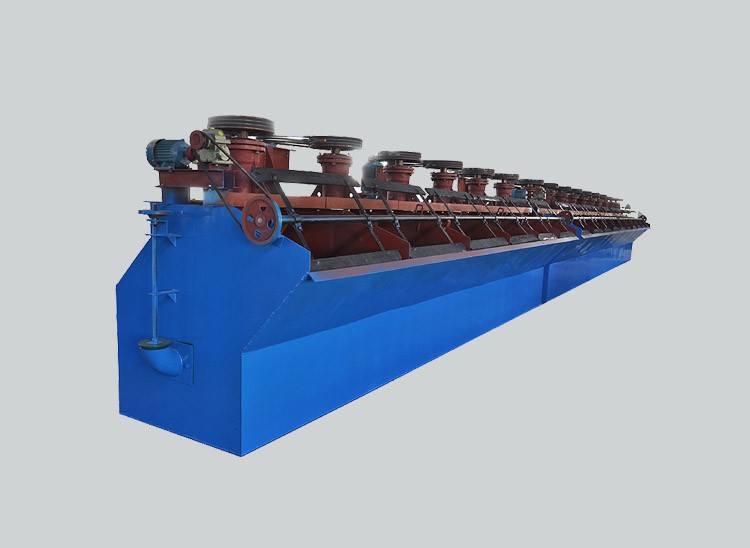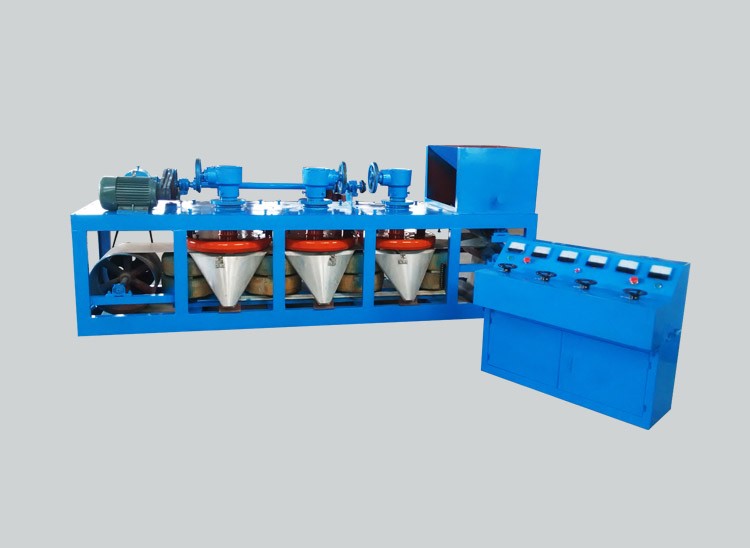News
Here is the most timely, accurate and authoritative information platform of SBM. We are based on our own development, whether it is the SBM's hot spots or technological innovation, we will present for you in the first time...

Fluorite, also known as fluorspar, is a mineral primarily composed of calcium fluoride (CaF2). Fluorite comes in a variety of colors, including purple, green, yellow, blue, and colorless. It has significant industrial value and is widely used in metallurgy, chemicals, ceramics, and optics.
Main Types of Fluorite
Fluorite can be classified into the following types based on its formation and deposit types:
1. Hydrothermal Fluorite: This type of fluorite forms mainly through hydrothermal activities deep within the Earth's crust and is often associated with lead, zinc, and silver deposits. Hydrothermal fluorite deposits are characterized by high grades and large reserves.
2. Sedimentary Fluorite: Sedimentary fluorite forms mainly in sedimentary environments, typically in association with limestone and dolomite. These deposits have lower grades but are widespread.
3. Pegmatitic Fluorite: This type of fluorite is found in granite pegmatites. These deposits are smaller in scale but have higher ore grades and often possess good optical properties.
4. Stratabound Fluorite: This type is mainly found in fluorine-rich strata and is usually related to stratiform or stratabound deposits.

Fluorite Beneficiation Methods
The main goal of fluorite beneficiation is to increase the CaF2 content and remove impurities. The commonly used beneficiation methods include:
1. Gravity Separation: This method utilizes the density differences between fluorite and gangue minerals. Equipment such as jigs and shaking tables are used to separate high-grade fluorite concentrate. This method is suitable for processing coarser-grained fluorite ores.

2. Flotation: Flotation is one of the most commonly used methods for fluorite beneficiation, especially for finely disseminated fluorite ores. In flotation, reagents are added to the pulp to separate fluorite from other minerals. Common reagents include collectors (such as fatty acids), frothers, and modifiers.

3. Magnetic Separation: For fluorite ores containing a small amount of magnetic minerals (such as iron minerals), magnetic separation can be used to remove magnetic impurities, yielding a purer fluorite concentrate.

4. Chemical Beneficiation: This involves the use of chemical agents to separate fluorite from other minerals. For example, acid leaching or alkali leaching can be used to remove carbonate impurities, thereby increasing the purity of the fluorite.
5. Manual Sorting: In some cases, manual sorting can be employed to remove large impurities, especially when the ore has high grades and the impurities are easily identifiable.
Different types of fluorite ores require suitable beneficiation methods based on their specific characteristics to achieve the best separation results and economic benefits. With the continuous development of beneficiation technology, fluorite beneficiation processes are also being improved and optimized to enhance resource utilization and environmental sustainability.